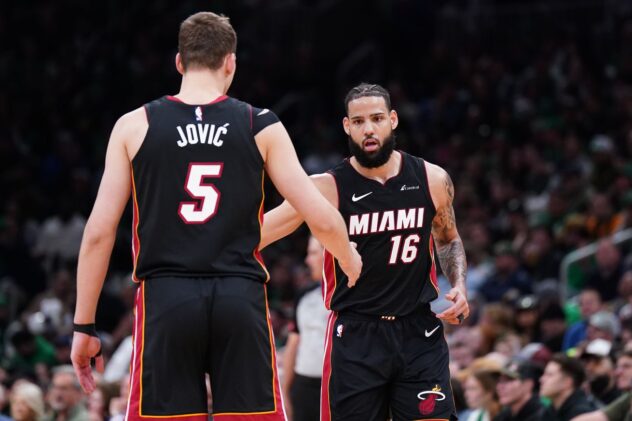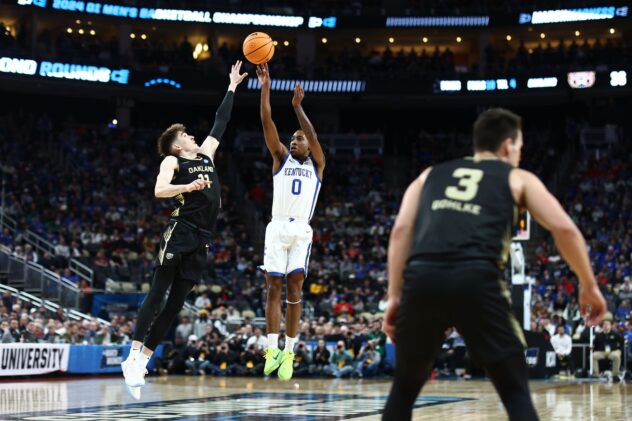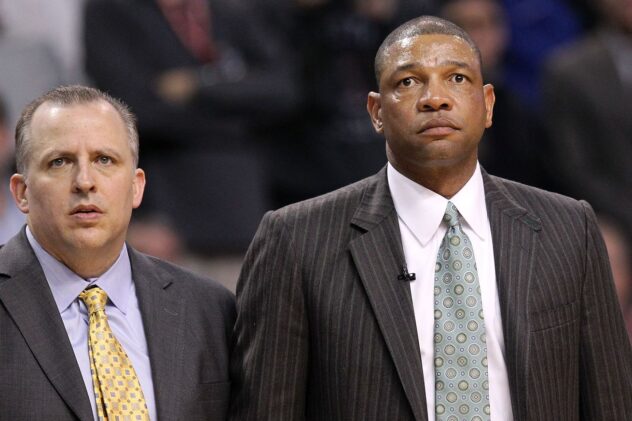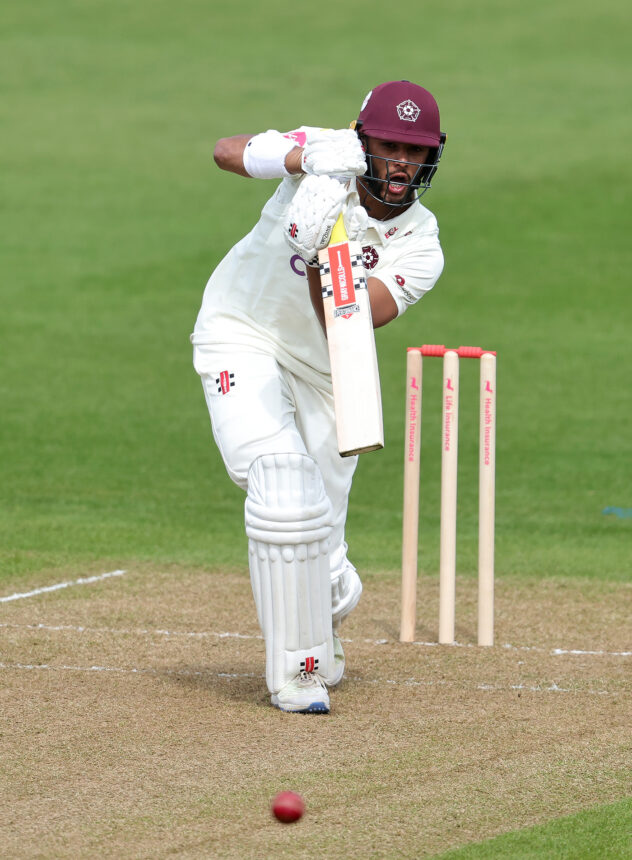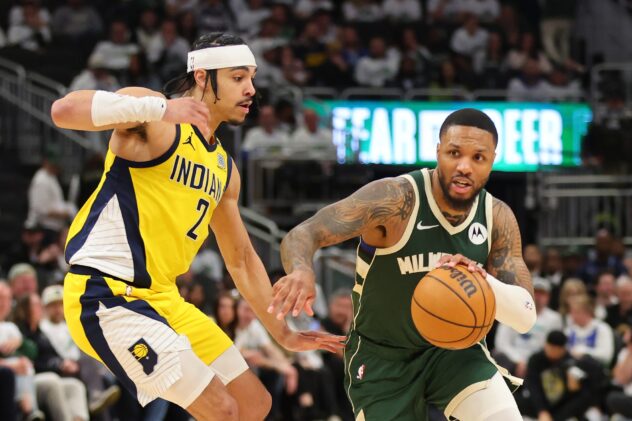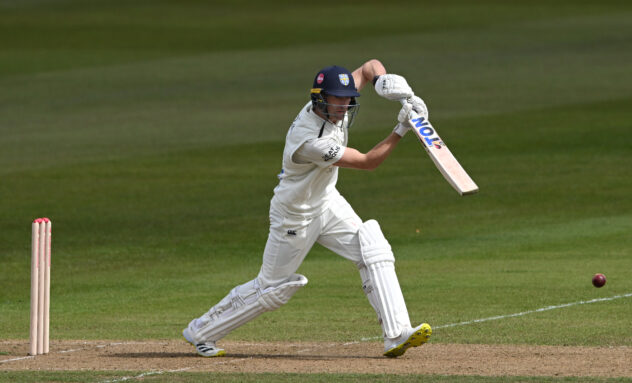The Spurs are the NBA’s best at building a deep rotation
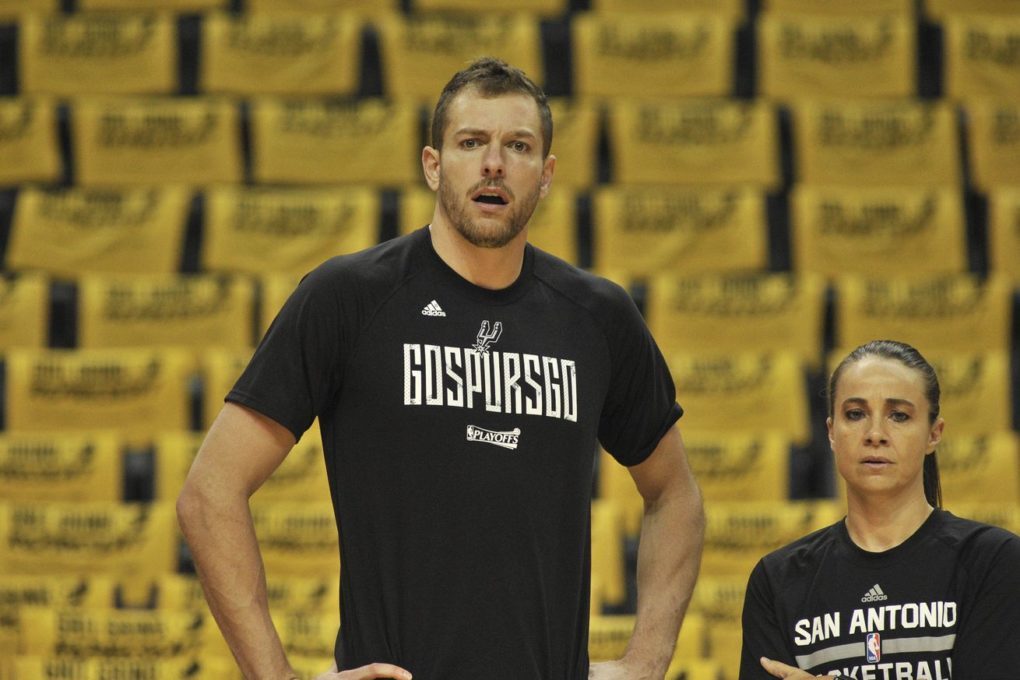
San Antonio has a better track record of maintaining their middle class than every other team.
The 2013-14 Spurs were a team worth emulating in a hundred different ways. The most easy way to emulate that squad — seeing as brilliant team offense and synchronized team defense are in short supply even in the NBA — was to rest your starters. That year, the Spurs became the first NBA team, ever, to have all players average under 30 minutes per game in the regular season.
That Spurs team is a huge reason that we’re now a few years deep into the league-wide trend of teams playing their best players less than ever before. We’re on a run of three straight seasons now with the league leader in minutes per game setting a lower MPG average than any other league leader before him. This year two more teams — the rebuilding Brooklyn Nets and Los Angeles Lakers — also didn’t have any player average over 30 MPG.
Teams are also following the Spurs’ example of taking entire games as rest opportunities, lowering a player’s cumulative minutes in addition to their nightly average. Last year, only 17 players appeared in 82 games: ten years ago, 36 players did that, and twenty years ago 47 players did it.
Resting even the biggest stars has now totally lost any sort of un-macho stigma that may have once been attached to it. But there’s a vital flip-side to rest that frequently goes ignored: players 6-10 on the roster need to be a solid group. If that second unit can’t produce enough to gain the trust of the coach, they won’t get on the floor — inadvertently tiring out the same first unit that vitally needs to be fresh going into the playoffs. The real key to resting your stars is eliminating weak points from your roster.
Unsurprisingly, the Spurs are the league’s premier team in developing a deep rotation. But what I didn’t expect to discover is just how far they have distanced themselves from the rest of the NBA in getting the most out of their rotation players.
Superior Quantity
Here’s an important kind of person to have on your team if you’re really going to rest your stars: somebody who plays between 10-20 minutes a night. That’s a meaningful, but not attention-grabbing amount of minutes. Also, it’s important that they play at least 70 regular season games a year. Since these guys aren’t getting worn down with overuse, it’s important that they always be healthy and ready to give the stars a breather. We’ll call them the Trustworthy Dudes.
Before I did my research, I thought that there would be about 100 Trustworthy Dudes in the league each year. Back of the napkin here: most teams play ten-man rotations — so four or five regular bench players — but not everybody stays healthy, plus there are some starters who get even less than twenty minutes. About three per team seemed about right; so with 30 teams there should be 90 Trustworthys.
But no: there were only 41 Trustworthy Dudes in the 2016-17 season, and that’s actually on the high side compared to recent seasons. Turns out that the average NBA team has just have one Trustworthy Dude on its roster.
In that context, consider the fact that the Spurs have about three Trustworthy Dudes on the roster each year. Beginning with that ultra-rested 2013-14 season, the Spurs and also the Golden State Warriors, have employed these kind of capable men more than any other team:
Last year for San Antonio, the Trustworthy Dudes were: Kyle Anderson (72 games, 14.2 MPG), Dewayne Dedmon (76, 17.5), Jonathon Simmons (78, 17.8), and David Lee (79, 18.7).
Superior Quality
Although it’s clearly nice just to have Trustworthy Dudes around, they need to actually produce if a team is going to be in championship contention. Let’s take probably the most famous Trustworthy Dude season of all-time: 33-year-old Bill Walton playing an otherworldly backup center for the 1985-86 Boston Celtics, who won the championship. Playing just 19.3 minutes per game in the regular season, Walton racked up 5.0 Win Shares — a mark that compares nicely to the 6.7 Win Shares that it took Hall of Famer Dennis Johnson 35.0 minutes a night to produce on that same team.
Incredibly, since just 2013-14, the Spurs have seen four seasons from Trustworthy Dudes that surpassed Walton’s Win Shares total. They are:
The above seasons all among the top 20 most-productive years among players who averaged less than 20 minutes per game. That all four came over a four-year span, via guards and bigs, from a single team as it transitioned from one franchise superstar to another — makes it even more remarkable.
End Result: A Team That Moves
After so many necessary steps to get players properly rested, the whole strategy isn’t worth a whole lot unless your guys go at full tilt more often than their opponents. Even though the Spurs brought a veteran (AKA: old) team into the playoffs each year, NBA.com’s player tracking stats show that San Antonio is moving — as in, their players’ bodies are literally moving — faster than just about anybody else in the postseason.
This chart shows how San Antonio’s ranking among the 16 playoff teams each of the last four years in three different whole-game hustling metrics. Even though they’re mostly older, and even though they’re usually playing a ton of playoff games, the Spurs are above-average to elite, every year:
Since Patty Mills has averaged 20.5 and 21.9 minutes per game over the last two seasons, he’s graded himself out of the Trustworthy Dudes category, but he’s pretty much right there. And San Antonio’s investment in their back-up point guard is another confirmation that the middle class of the Spurs roster will continue to be a ongoing focus for the team, which will allow them to continue to rest their starters, which in turn keeps their starters healthy, which allows them to keep winning such a high percentage of their games.
Source: Pounding The Rock


